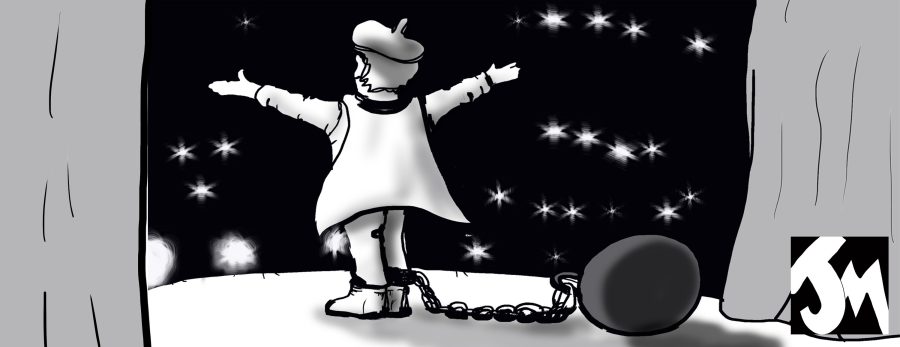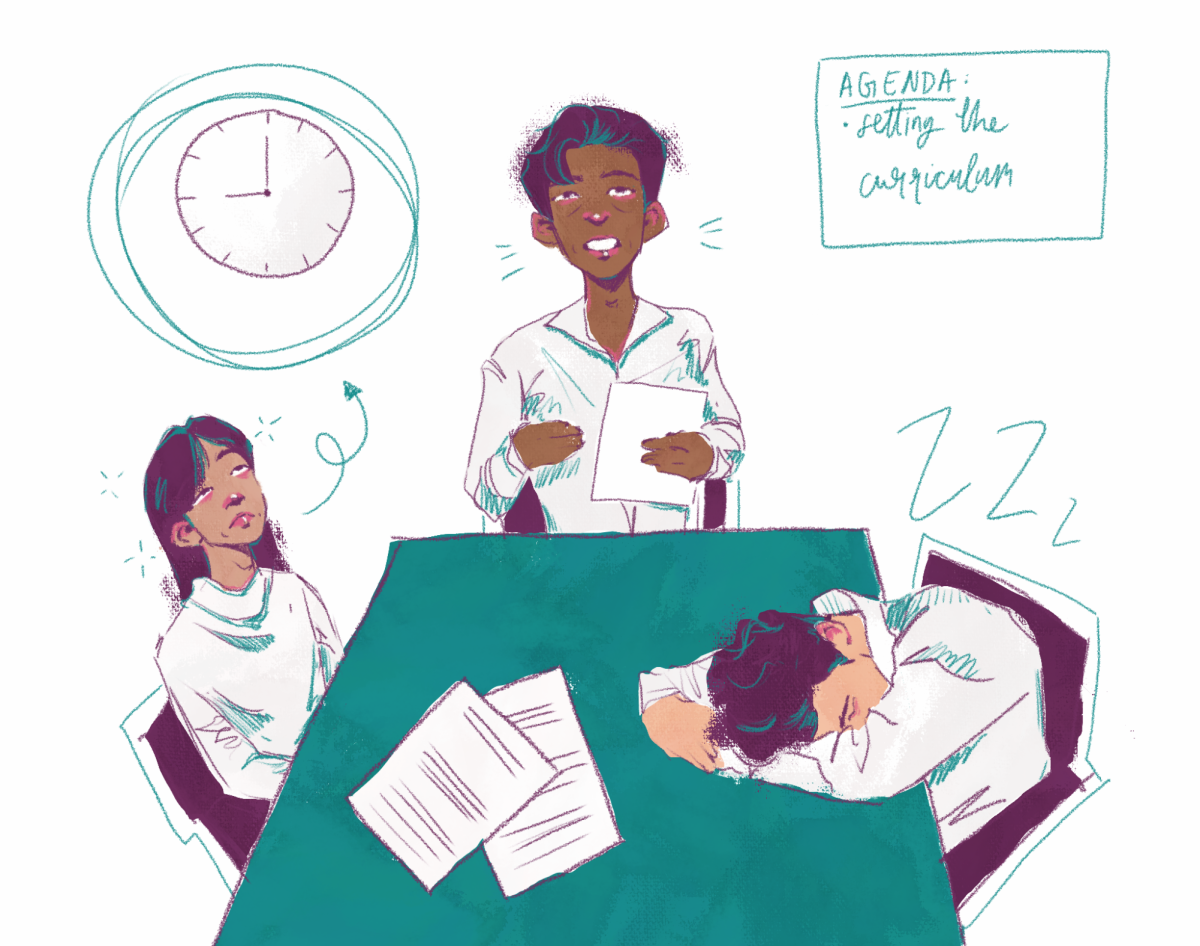As we glide through second semester, course selection is a topic on many students’ minds. Every year, students are required to take several core courses, so the true dilemma with class selection is deciding on electives choose. Students strive to ensure that their electives choices satisfy either the Career Technical Education (CTE) requirement or the Visual and Performing Arts (VPA) requirement while still being interesting and exciting. However, because all VPA offerings are year-long classes, it can be difficult to remain engaged with the subject throughout the entire year. Accordingly, Paly should offer semester-long VPA courses in order to allow students to have more flexibility in their course selection and remain engaged in the course.
One advantage of semester-long courses is that they allow students to have a greater variety in their artistic experiences. For example, instead of just taking Art Spectrum for an entire year, students can take one semester of art and one semester of photography. This enables students to learn more about the different VPA courses offered, and thus allows them to determine which form of art they prefer for future years. There is rarely any room in students’ schedules for more than one VPA course per semester, so if a student is only able to take one VPA class for an entire year, they will likely miss out on another VPA course that they might have enjoyed.
Furthermore, under the current system, if a student takes a VPA class that they realize is not for them after a few months, they will be forced to continue in a course that they dislike for the rest of the year. In this case, the student is not only losing the opportunity to be in a different class they may enjoy more, but also an enjoyable year in artistic education, as they are not interested or engaged in the curriculum. Therefore, the class can devlove into a waste of time. In that case, neither the teacher nor the student benefits from that student remaining in the course for a year.
Like VPA, CTE courses are also electives that serve as graduation requirements. However, unlike VPAs, they offer many semester-long options. Therefore, the administration already has proof that semester-long electives work well. There are many more options for students choosing CTE courses, and they can often take two in a year, allowing them to broaden their horizons and explore different areas of study. With the current system in place for VPA courses, students are forced to either stay in a course that does not interest them, or drop the course and take another full year of a different VPA course.
While it is necessary to have semester-long VPA options, not all VPA courses should be so short. The majority of entry-level VPAs should be semester-long, but the more advanced courses that require prerequisites, such as Ceramics/Sculpture or Advanced Photo, would best remain as full year courses. As a result, students will have more leeway when they first choose which art classes they would like to take.
After taking a couple introductory courses, students will have a better idea if they want to continue to take a certain type of VPA course, confident that they will enjoy the course and gain a deeper knowledge of the art form.
Administering more semester-long VPA courses would only be advantageous to students, specifically those who do not have much of an interest in art, because it enables students to try a wider variety of art courses and maintain their interest in the class. This change is simple to implement and has shown to be helpful for electives that give CTE credit, which are similar to VPA courses.









